From Office to Cockpit: How Indian Working Professionals Are Becoming Commercial Pilots?
The Indian aviation industry continues to grow from strength to strength. Traditionally, many young people dreamed of becoming pilots
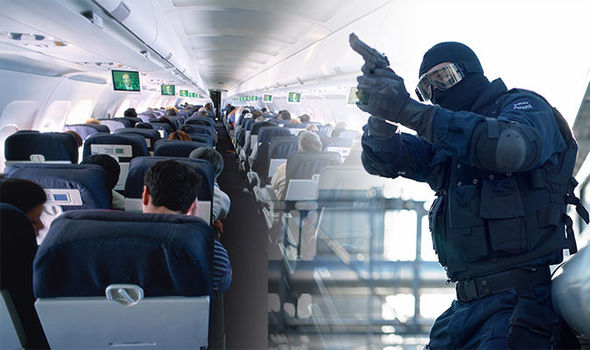
The advent of the aviation sector in the travel industry streamlined the transportation process. It allowed people to go worldwide within a few hours and also convenient. With the expansion of the airline industry, numerous challenges have arisen. One of them is hijacking aircraft. Even with enhanced security and a more robust surveillance system, instances of aircraft hijacking have been reported in the news in recent times.
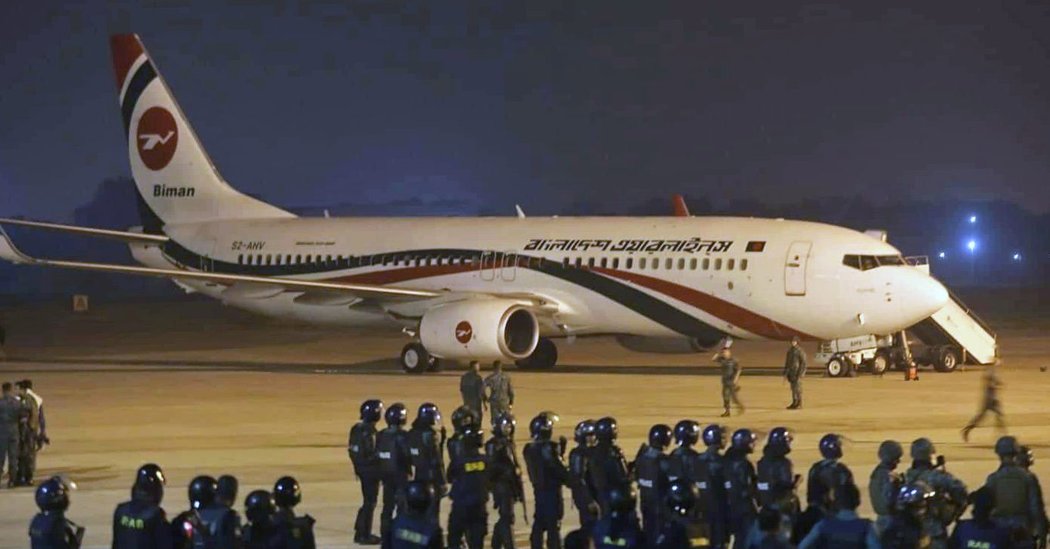
Whena person or group tries to take control of an aircraft forcefully, without any legal authority to get his or her demands fulfilled, they commit the crime of hijacking an aircraft. Not only does it put people's lives in danger, but it also disrupts the peaceful environment of several countries, as governments, aviation authorities, and embassies become involved in such issues. It also creates distress amongst the relatives of the victims of the affected nations. It has severe consequences as it affects the economies of nations, tarnishes the image raises concerns about the laws concerning the aviation sector.
Aircraft hijacking is done either for money or to threaten someone with something. Another driving force behind such offences is usually the pursuit of political gains, the release of convicts, or terrorism. The perpetrators of such acts occasionally attempt to exploit the security system's loopholes to hijack the aircraft. After it takes off, the pilot is forced to fly at their discretion and the hijackers take control of the plane and make the passengers hostage to get their demands fulfilled.
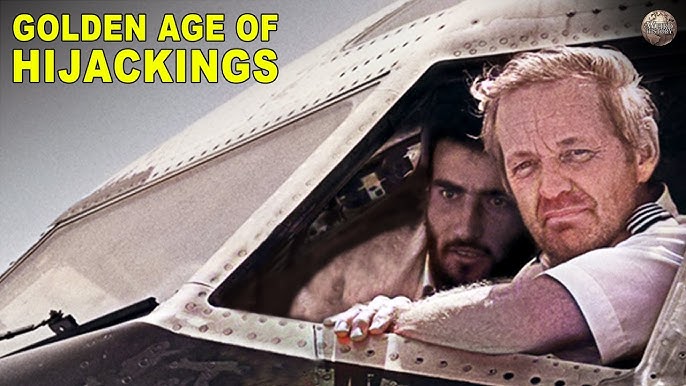
It refers to the period when about 130 American planes were hijacked in about 4 years. Most planes that were hijacked were flying from the US to Cuba or vice versa. From 1968 to 1972, a plane was hijacked nearly every other week. The reasons for the same were absurd. Some people did it because they missed their family members, with whom they had to part ways; some did it for money and some did it just for the thrill.
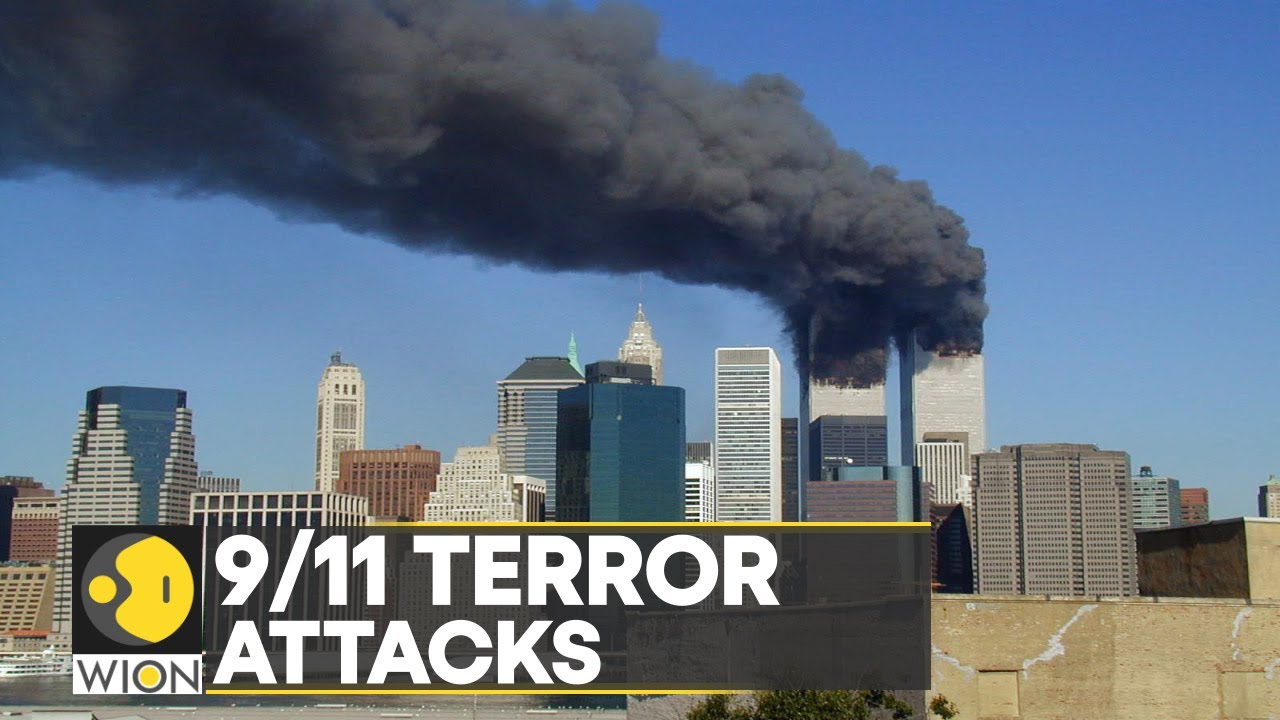
On 11 September 2001, 4 planes crashed into buildings in the US. Hijackers took over four planes and crashed 2 of them into the North Tower and South Tower of the World Trade Centre in New York, the third one crashed into the Pentagon and the 4thcrashed into a field. These instances initiated the death of around 3000 people.
Such incidents opened the eyes of the agencies to the security system loopholes in aircraft. To avert this, UN nations attempted to devise a solution and their efforts led to the enactment of numerous conventions addressing aircraft hijacking.
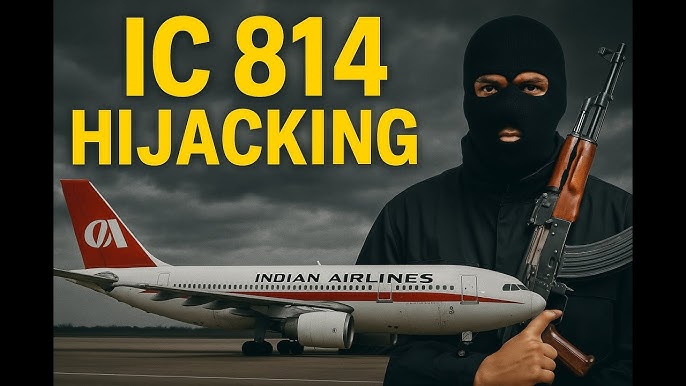
The most infamous hijacking in India, IC-814, was hijacked on December 24, 1999, during a flight from Kathmandu to New Delhi. The plane was taken to Kandahar, Afghanistan. One passenger was killed and India had to release terrorists, including Masood Azhar, who was behind numerous terror attacks in India.
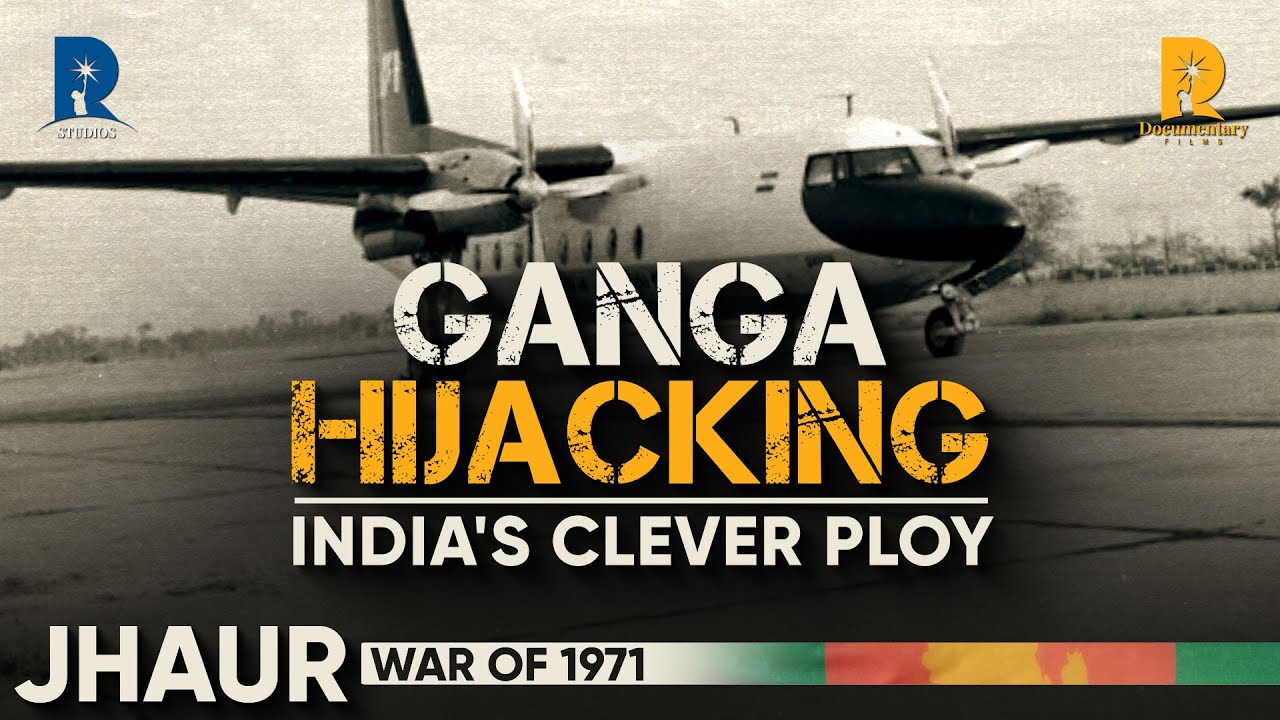
Two Kashmiri separatists hijacked Indian Airlines Flight Ganga and forced it to land in Lahore. The aircraft was burned after passengers were released. After that, India banned Pakistani overflights, a ban that lasted for years.
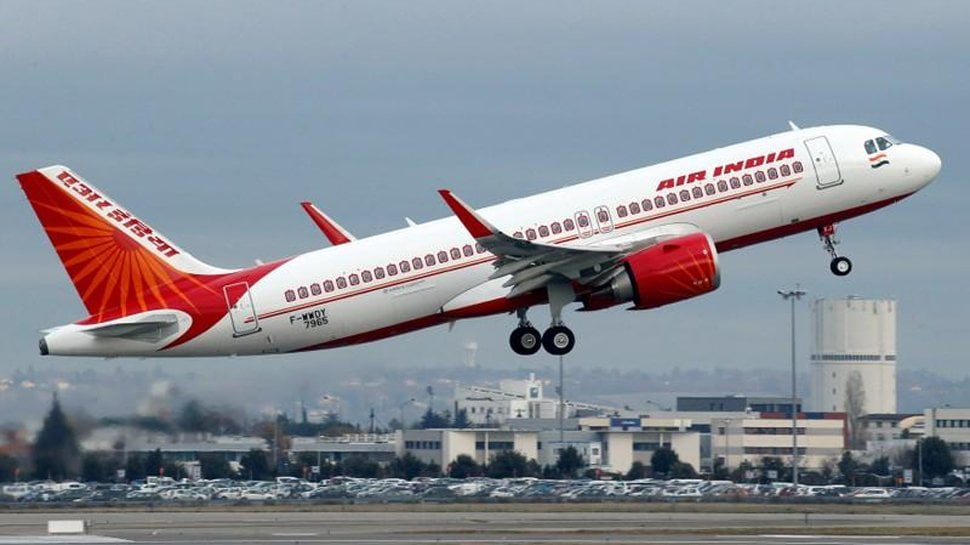
A mentally unstable passenger tried to hijack a flight from Mumbai to Chandigarh. It exposed faults in in-flight safety and emergency response protocols.
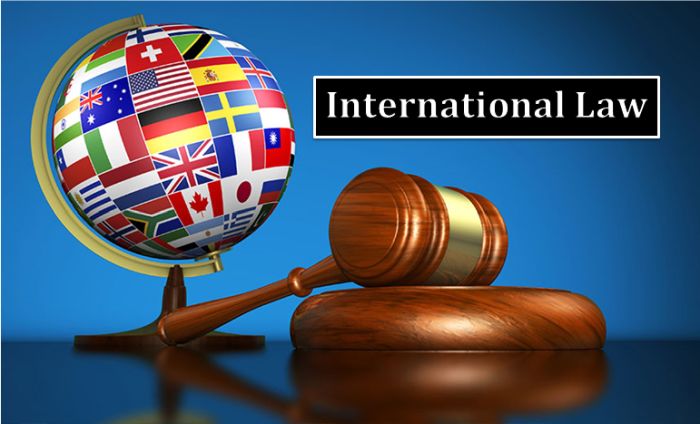
Prior to the 1960s, there were no laws in place to combat aircraft hijacking, resulting in numerous incidents. To end all such atrocities, a few conventions were signed internationally to prevent aircraft hijacking from happening and protect the people on the aircraft from becoming victims of these incidents.
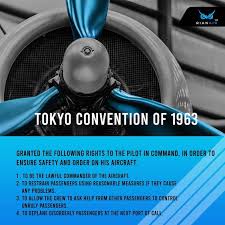
This was the first international convention to address the issue of skyjacking. It offered provisions to deal with aircraft hijackings. It was signed on September 14, 1963, but it was not enforced until December 4, 1969.
Article 1(1) states that this convention shall apply to:(a) offences against penal law; (b) acts which might compromise the safety of the aircraft or people or property therein or which jeopardize good order and discipline on board.
As stated by Article 3 of the Tokyo Convention, the nation in which the aircraft is registered has authority over the acts and crimes committed when the aircraft is in flight. To prevent any violence or turbulence on a plane, the pilot could use force to counter such acts.
The force could be exercised through someone else, also, only when the captain has asked them to do so.
It was also stated that the country in which the hijacked aircraft lands will return the plane to the country to which it belonged and enable the journey of the crew and passengers. Although this convention had several inadequacies, the primary one was that it did not make aircraft hijacking an international crime, nor did it provide a clear definition of aircraft hijacking.
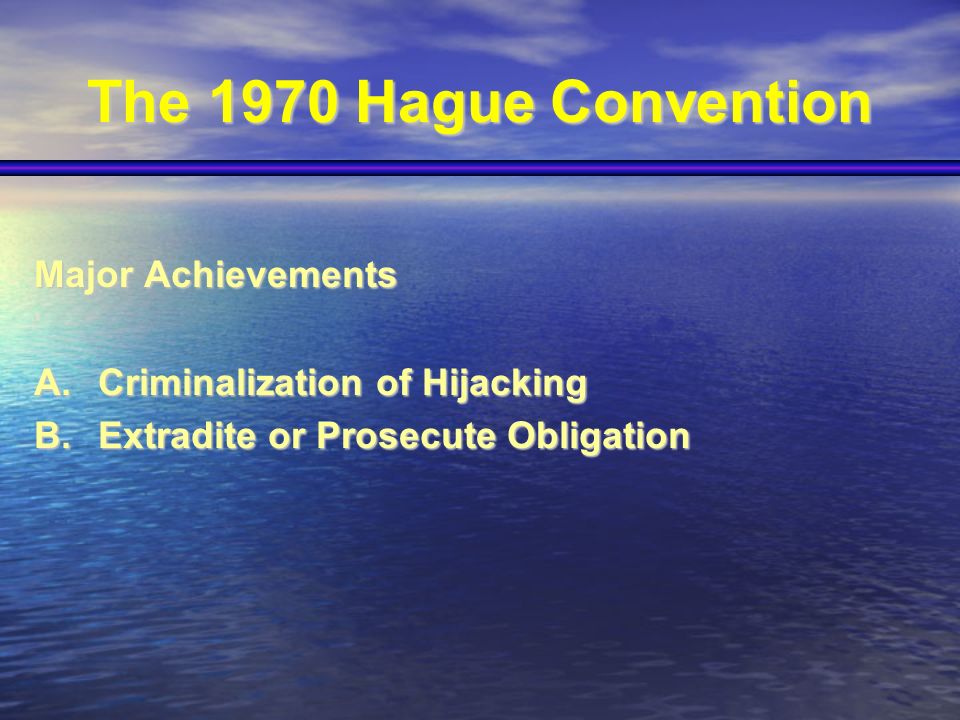
To address the issues present in the Tokyo Convention, the Hague Convention came into play. It was established in 1970 and came into effect on October 13, 1971.
This convention stated the punishment of hijackers and granted the parties to the convention jurisdiction over matters of aircraft hijacking. However, this convention was also criticized for overlooking various important factors.
It did not consider the possibility of external actors being involved in an aircraft hijacking and it did not comprise military, police or customs aircraft. It also did not offer provisions for providing compensation to the victims and their families.
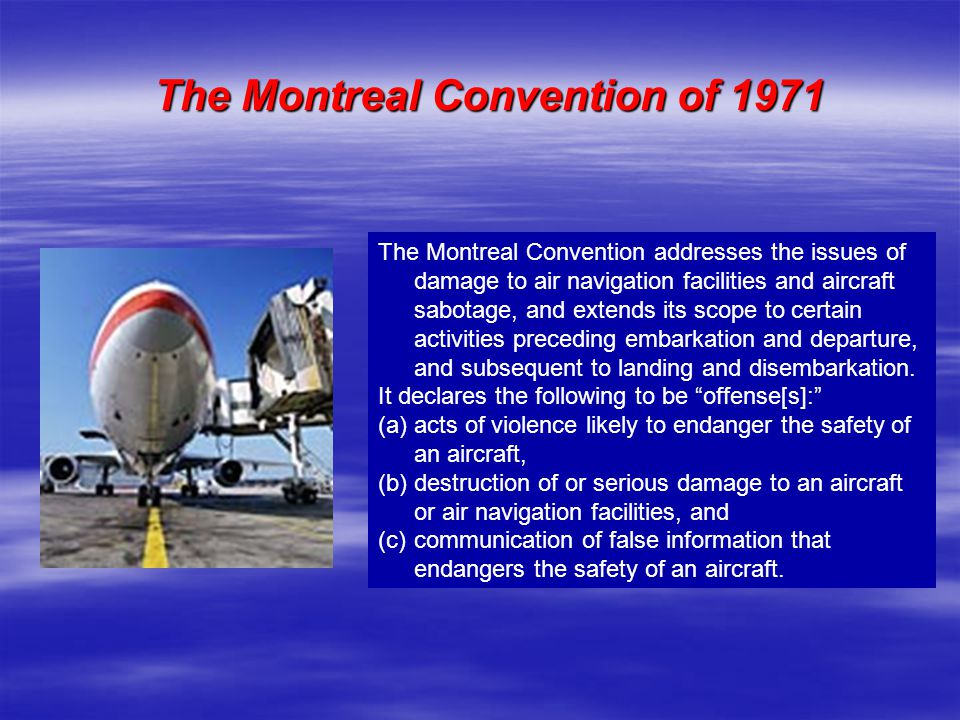
To address the issues lacking in the Tokyo or the Hague Conventions, the Montreal Convention came into effect. It was signed on 23 September 1971. It is an extended version of the Hague Convention, as it incorporates most of the rules and provisions from the original, with the addition of a few new clauses. It has laid down provisions for offering a punishment to the hijackers.
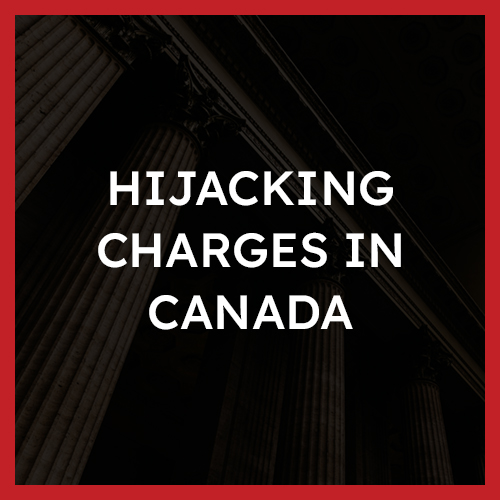
In India, hijacking is a non-bailable and cognizable offence under the Anti-Hijacking Act, 2016, which replaced the 1982 law. The newer legislation aligns with global conventions and plugs loopholes that occurred in past hijacking cases.
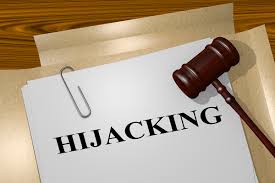
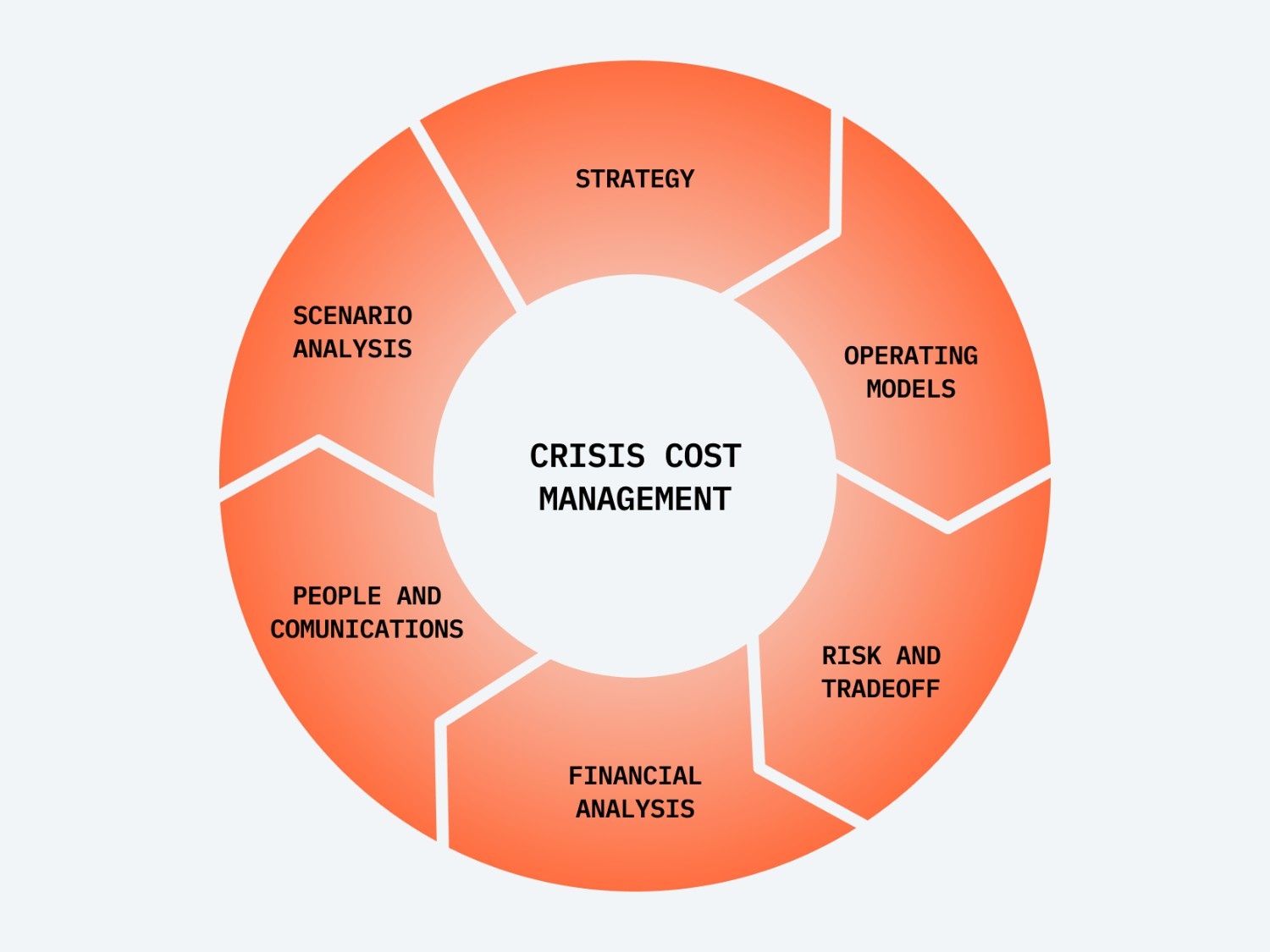
Each hijacking event incurs huge costs. The IC-814 incident involved a massive deployment of military and intelligence personnel, lengthy negotiations, and post-event legal expenses.
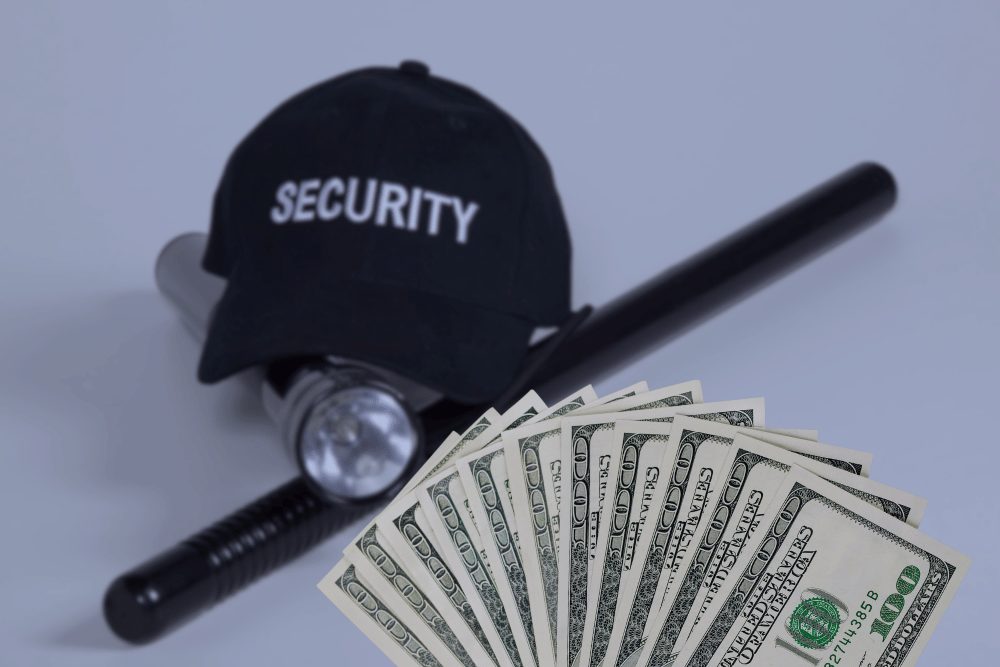
Following hijacking scares, the Bureau of Civil Aviation Securityand the CISF have implemented tighter security at Indian airports. These include:
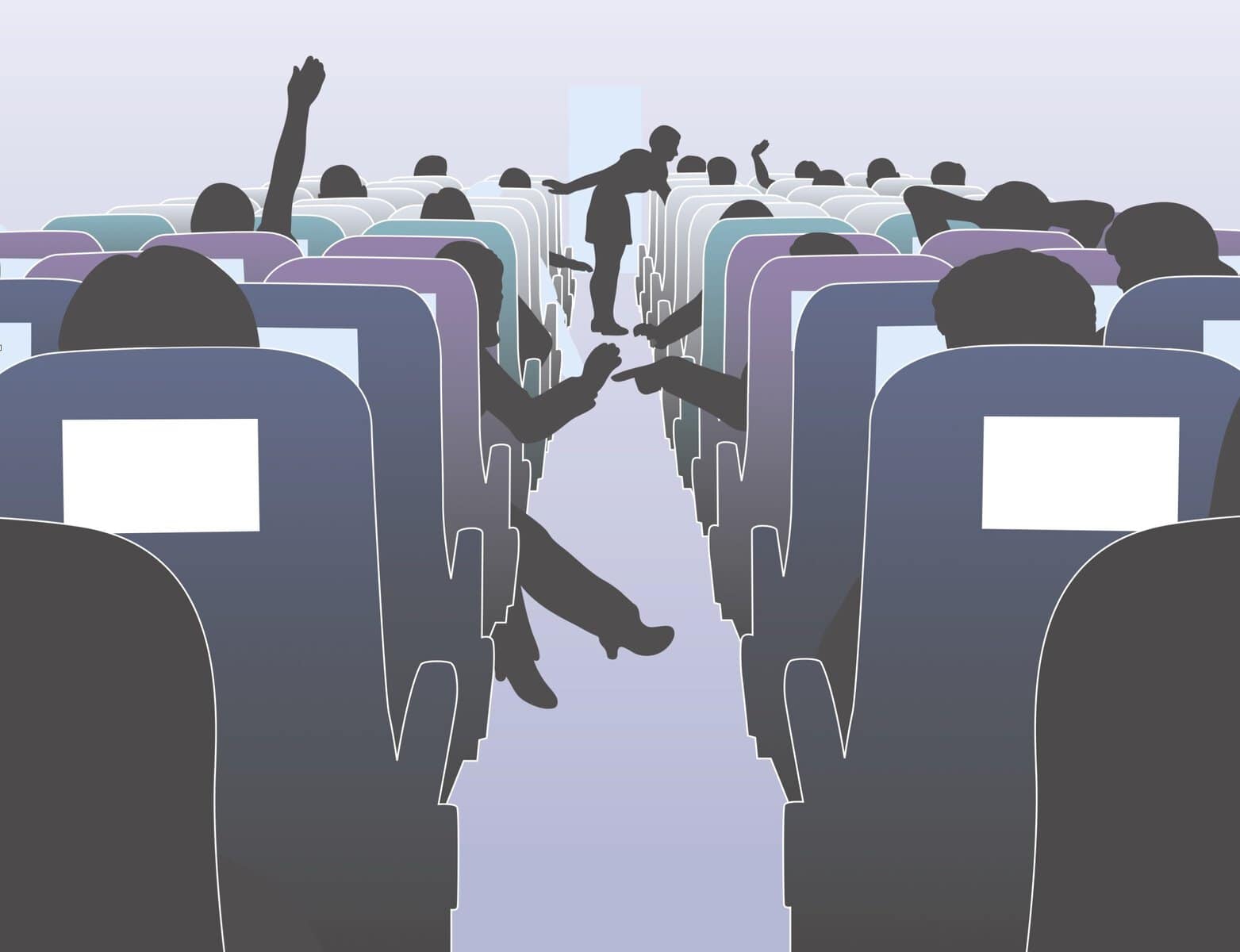
Victims of hijackings often suffer psychological trauma. Flight attendants and pilots also experience anxiety, particularly when deployed on risky routes. Some may even leave the profession, unable to deal with the stress.
Hijackings have a frightening effect on public confidence. The psychological impact spreads to the broader society, contributing to debates around national security and civil liberties.
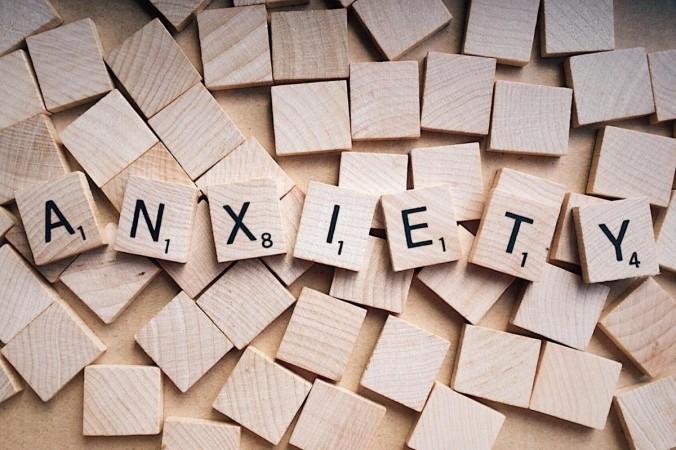
People often opt for air transport for long journeys due to its speed and comfort. But aircraft hijacking is an obstacle to its development. They disturb peace, deter minds and have a severe impact on a nation’s political and social situation.
Despite measures to combat this issue, they have always been inadequate. The Conventions are appreciable but inadequate to prevent hijacking and protect passengers. Nations should unite to create or alter laws to avert hijacking and address legal loopholes.
Pilots should be avid problem solvers, and the problems might not be technical. Sometimes a pilot is required to stay calm under hijack situations as well. If you also want to become a pilot, you can enroll in Flapone Aviation, one of the top Aviation training institutes in India.
Connect with our aviation mentors to find the right path toward becoming a licensed aircraft pilot.